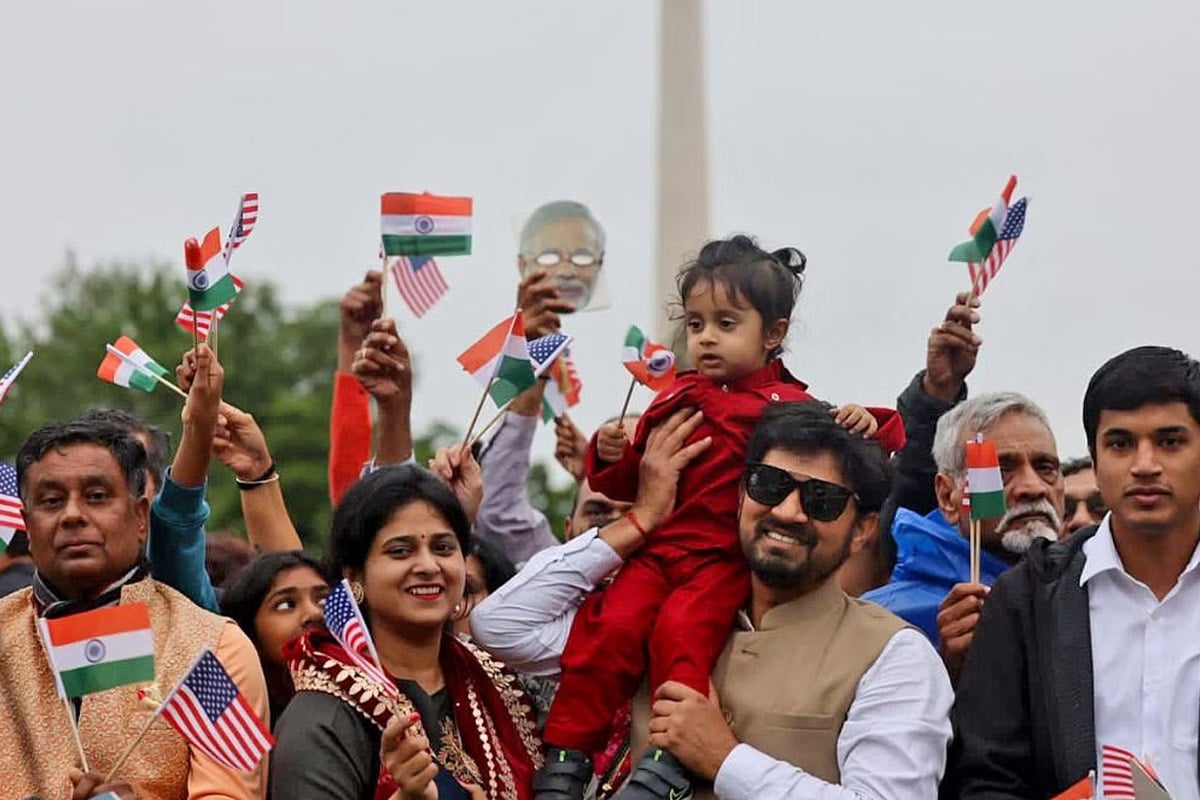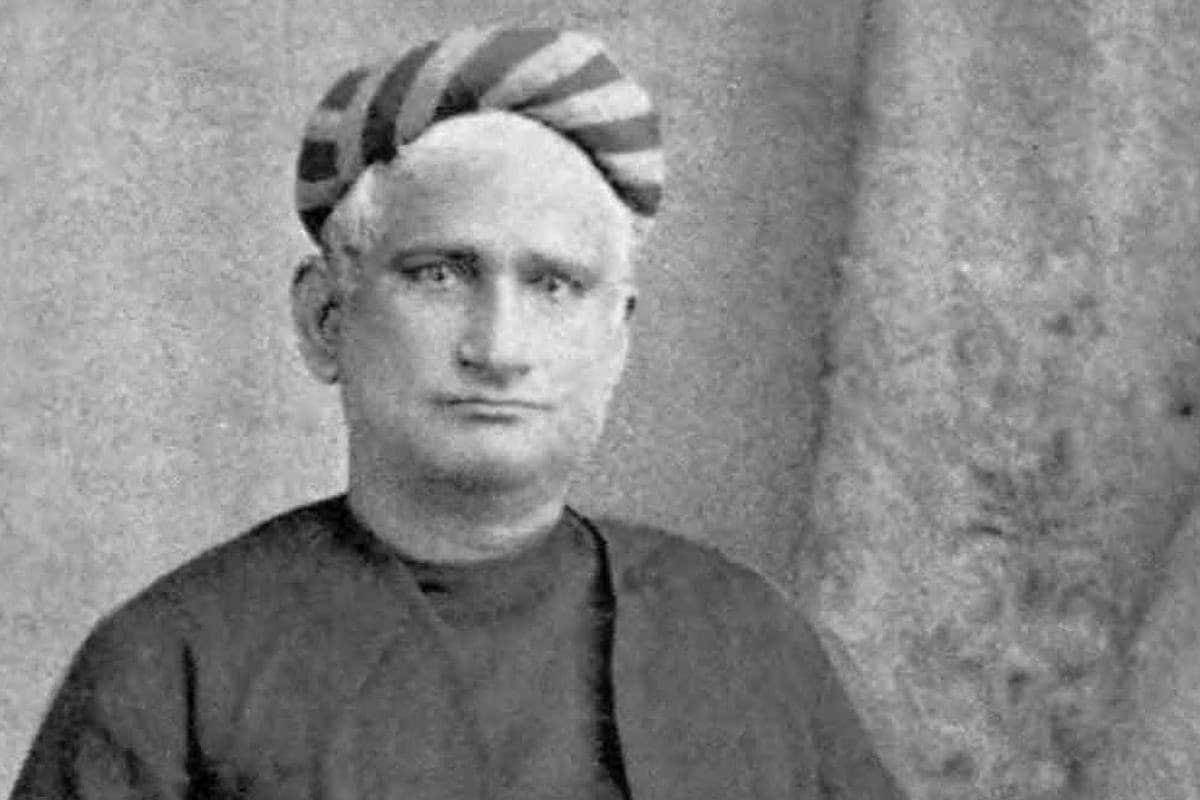Those of Indian descent are part of the American dream. Attacks on them must be taken seriously
Srinivas Kuchibhotla was living the American dream. The 32-year-old engineer and his wife moved to Kansas City in 2012. But their world came crashing down one night in February 2017 when a man later identified as Adam W Purinton shot Srinivas dead at a bar outside Kansas City. Before he opened fire, Purinton reportedly yelled: “get out of my country”.
The incident was a jolt to the Indian-American community and underlined the trend of hate crimes against people of Indian origin in the US. Similar incidents have once again shifted focus to this very real threat faced by Indian-Americans or people of Indian origin studying or working in the US.
Among the more horrific incidents that have come to light in recent weeks is one involving Syed Mazahir Ali, who was chased, attacked and robbed near his house in Chicago. A video of the Hyderabad resident pleading for help, blood streaming down his face, was widely shared on social media.
What alarmed the Indian-American community more was that the attack came close on the heels of the death of Vivek Saini, a 25-year-old MBA student who was murdered in Georgia by a homeless drug addict. Though Saini’s death was not seen as a hate crime, it was preceded by the deaths of three students of Indian origin, namely Sameer Kamath, Neel Acharya and Akul Dhawan. While Kamath, who studied at Purdue University in Indiana, is believed to have died from a self-inflicted gunshot wound, Acharya was found dead on the Purdue campus and Dhawan outside the University of Illinois Urbana-Champaign (UIUC). Reports suggest Dhawan died of hypothermia, and Acharya’s cause of death is yet to be determined.
These deaths, along with a spate of recent attacks against people of Indian origin in the US — the killing of four members of a Sikh family including an eight-month-old in California last October or the murder of a 31-year-old Indian-origin man in Queens last June, for instance — have undeniably led to a sense of unease among the Indian-American community in the US.
One of the first recorded instances of violent attacks targeting Indian and other South Asian immigrants in the country’s recent history can be traced back to the 1980s with the rise of racist gangs such as “Dotbusters”.
According to one report by India Today from 1987, a pamphlet circulated by Dotbusters read: “Look, let’s cut out the small talk…if I am walking down the street and I see a Hindu and the setting is right, I will just hit him or her.” Among the victims of this gang were Navroze Mody, a New York Citicorp executive who was clubbed to death, and Kaushal Saran, a doctor who was mercilessly thrashed with a baseball bat and barely survived.
Nearly four decades have passed since “Dotbusters” terrorised the Indian community in the New York-New Jersey region, but hate crimes against those of Indian descent continue to be reported from different parts of the US. Srinivas’s killing in 2017 was one, another was that of Harnish Patel, a businessman who was shot dead in South Carolina that same year.
The larger question, therefore, is what is motivating these attacks?
‘White adjacent’
According to a 2021 paper by the Carnegie Endowment for International Peace, Indian Americans constitute the second-largest immigrant group in the US. The paper adds that “one in two Indian Americans reports being discriminated against in the past one year, with discrimination based on skin colour identified as the most common form of bias”.
Further, the paper goes on to cite US Census data to say that “Indian Americans enjoy a standard of living that is roughly double that of the median American household, underpinned by substantially greater educational attainment — the share of Indian Americans with at least a bachelor’s degree is twice the national average”.
Among the many manifestations of this resentment is the use of the term “white adjacent” — fabricated by a few disgruntled academics in the campus Left. This group resents the success of what they see as “upper caste Hindu Americans” and Jews. Both ethnic minorities are vilified by this group of academics as “white adjacent”. Interestingly, many of these disgruntled Left academics are themselves upper-caste Hindus.
What is also unfortunate is that while Indian Americans have now become an integral part of the American dream, from politics to business to healthcare and tech, little seems to have been done by authorities in the US to combat these racial tropes and false narratives targeting those of Indian descent.
With the Presidential elections around the corner, one can only hope that whichever party gets control of the White House will send a loud and clear message to the Indian American community: this is your country as much as it is ours and there is no reason for you to feel afraid.
Photo: Indian Americans have now become an integral part of the American dream, from politics to business to healthcare and tech. | Representational image | ANI



